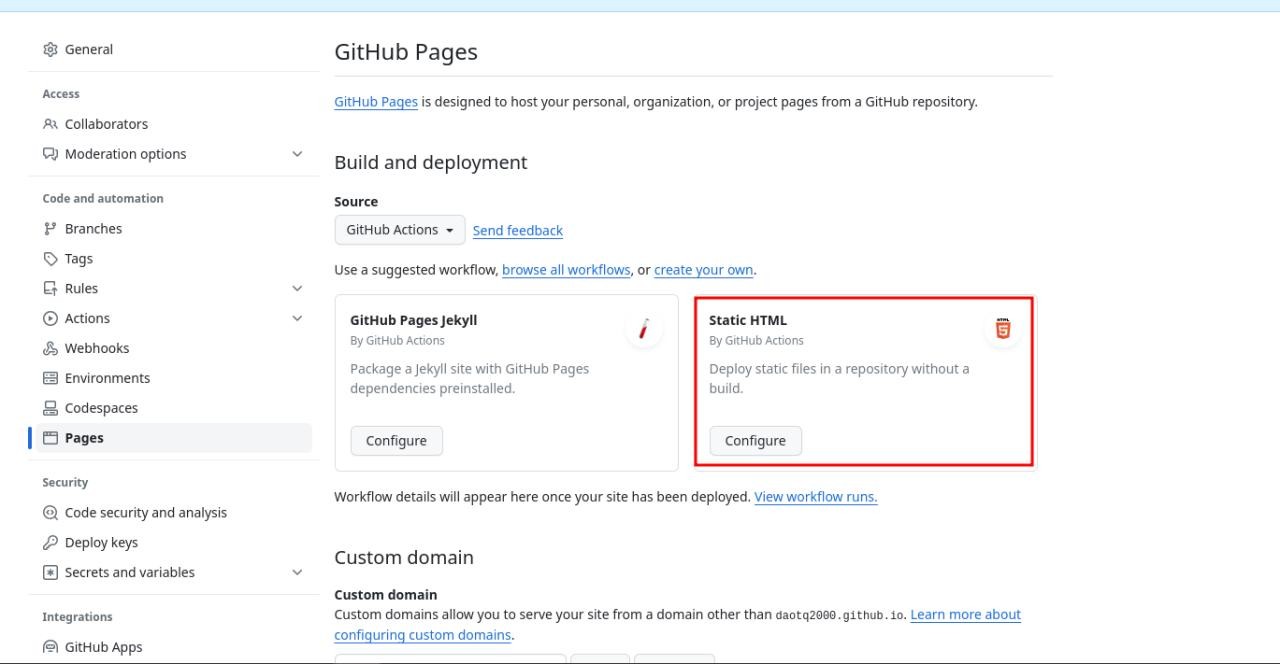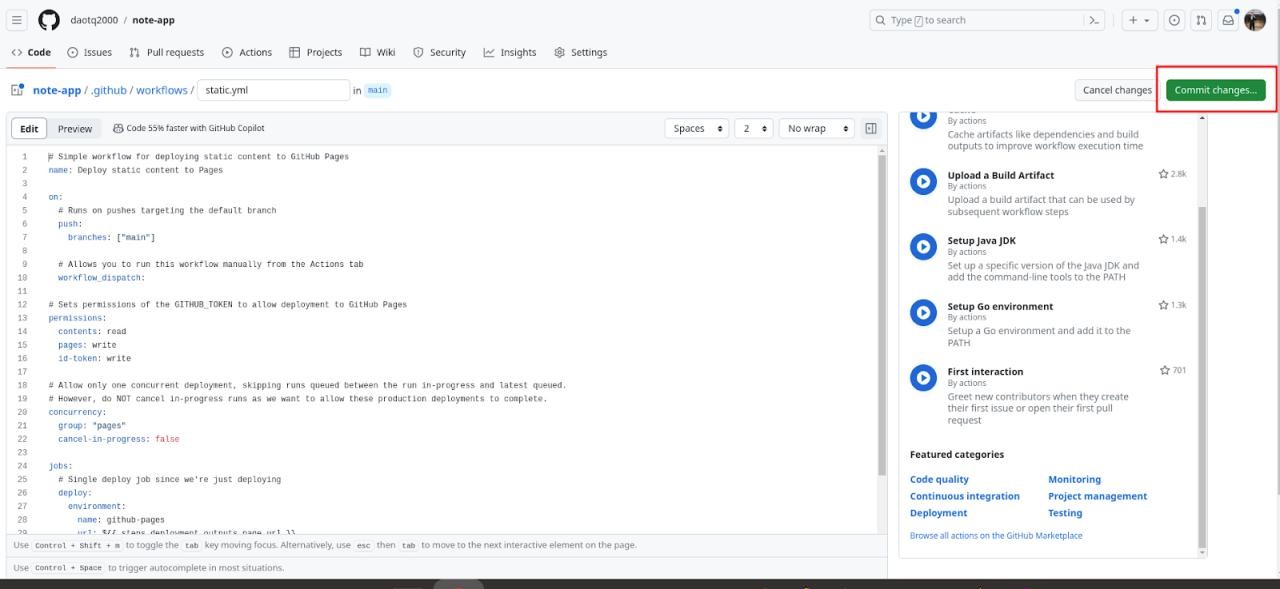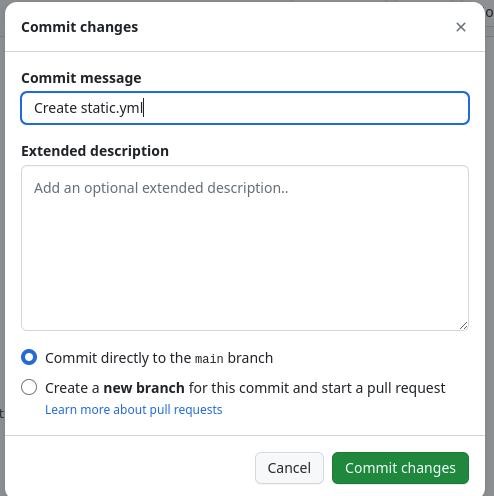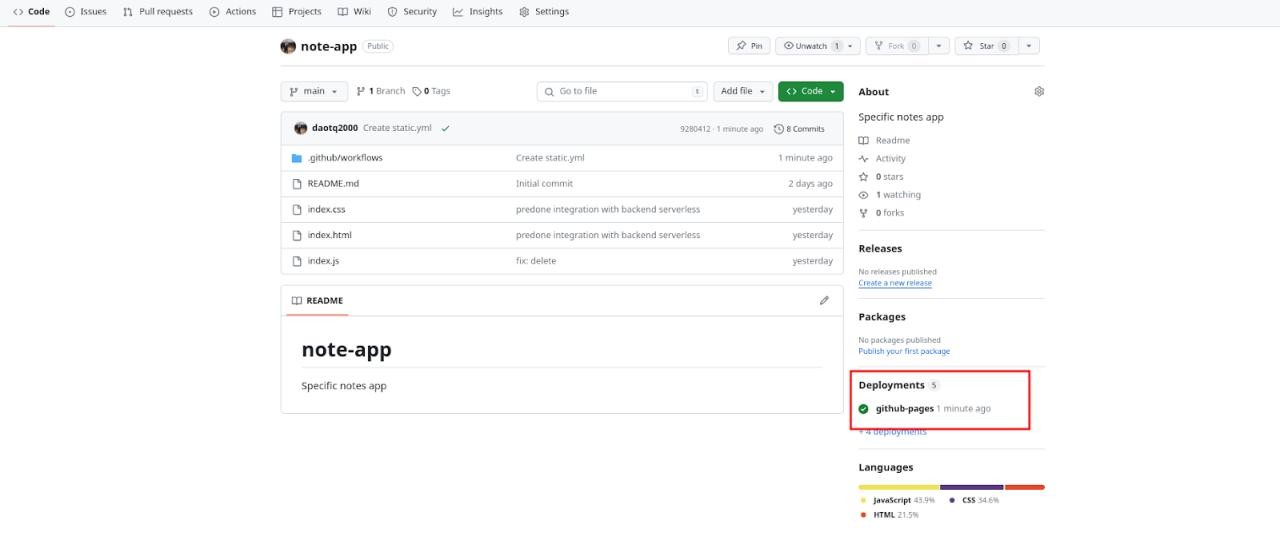CI/CD for Auto-Deploying Static Pages with GitHub: A Step-by-Step Guide
What is an CI/CD?
Continuous Integration and Continuous Deployment (CI/CD) is a crucial practice for modern web development, especially when deploying static pages. In this guide, we’ll walk you through the steps of setting up a CI/CD pipeline using GitHub, which will automate the deployment of your static pages. This setup not only simplifies the deployment process but also improves consistency and efficiency.
Why we need CICD Auto Deploy Static Page With GitHub
Continuous Integration/Continuous Deployment (CI/CD) and automated deployment of static pages with GitHub provide several benefits:
Efficiency: Automating the deployment process reduces manual intervention, which saves time and effort for developers. They can focus more on writing code and less on deployment logistics.
Consistency: Automated deployments ensure that each update to the static page is deployed consistently. This reduces the risk of human error that can occur with manual deployments.
Faster Time to Market: CI/CD pipelines can automatically trigger deployments as soon as changes are pushed to the repository. This allows for quicker release cycles and faster time to market for new features or updates.
Reliability: Automated deployments with CI/CD pipelines are typically more reliable than manual deployments. The process is standardized and can include automated tests to catch bugs before they reach production.
Version Control Integration: GitHub provides version control for the codebase, and integrating CI/CD with GitHub allows for seamless deployment of changes. Developers can easily track changes, roll back to previous versions if needed, and collaborate more effectively.
Scalability: As the project grows, automated deployment scales effortlessly. Whether it’s a small personal project or a large enterprise application, CI/CD pipelines can handle deployments of any scale.
Cost-Effectiveness: By automating the deployment process, organizations can save costs associated with manual labor and reduce the risk of downtime or errors that could result in financial losses.
Visibility and Monitoring: CI/CD pipelines provide visibility into the deployment process, including logs and metrics. This allows teams to monitor deployments in real-time, identify issues quickly, and troubleshoot effectively.
In summary, CI/CD auto-deployment with GitHub for static pages streamlines the development workflow, improves reliability, and accelerates the delivery of updates to end-users.
Hands-on


- Go to yours repository github, click Settings and Click to Pages.
- Next, clik to Static HTML

- Next, enter yours commit message and click Commit Change

- Now, back to Code tab, view deployment history and click to detail
- Awesome, that’s deploy at Url: https://daotq2000.github.io/note-app/

- After open ours website
Almost done, we have successfully create serverless application with Lambda Function and API gateway, DynamoDB and Integration Auto Deploy with Github Page. Next we will create CI/CD for auto deploy lambda function when has commit change from source lambda